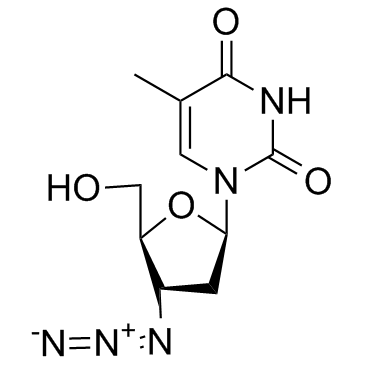| 结构式 | 名称/CAS号 | 全部文献 |
|---|---|---|
 |
阿司咪唑
CAS:68844-77-9 |
|
 |
齐多夫定
CAS:30516-87-1 |
|
 |
二甲基亚砜
CAS:67-68-5 |
|
 |
阿司匹林
CAS:50-78-2 |
|
 |
罗格列酮
CAS:122320-73-4 |
|
 |
六氯丙酮
CAS:116-16-5 |
|
![N-[4-[[1-[2-(6-甲基-2-吡啶基)乙基]-4-哌啶基]羰基]苯基]甲磺酰胺二盐酸盐 结构式](https://image.chemsrc.com/caspic/420/113559-13-0.png) |
N-[4-[[1-[2-(6-甲基-2-吡啶基)乙基]-4-哌啶基]羰基]苯基]甲磺酰胺二盐酸盐
CAS:113559-13-0 |
|
 |
8-辛酰氧基芘-1,3,6-三磺酸三钠盐
CAS:115787-84-3 |